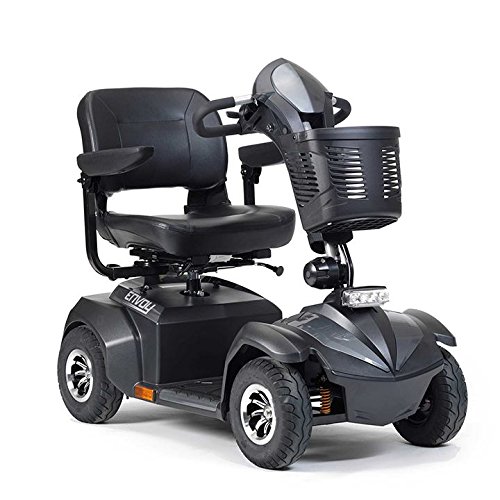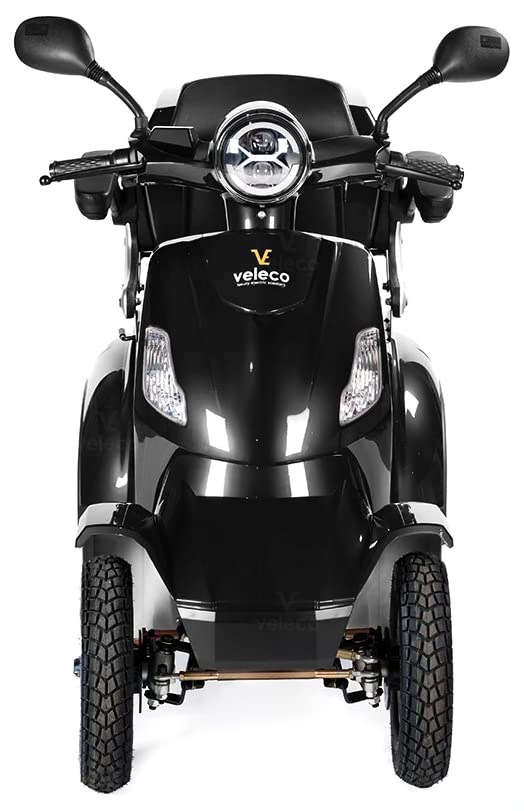Why Is It So Useful? When COVID-19 Is In Session
Eric
0
10
09.26 07:38
 How a Wood Burning Stove Works
How a Wood Burning Stove Works Wood-burning stoves can be an excellent addition to any home. They are best used with wood that has been properly seasoned.
Wood-burning stoves can be an excellent addition to any home. They are best used with wood that has been properly seasoned.Older stoves without secondary combustion allowed air to pass through below and above the fuel - this resulted in the loss of energy, chimney tarring and atmospheric pollution.
Modern wood stoves employ superior combustion principles that splits the air supply into two stages. This lets them achieve higher heating efficiencies with less emissions.
Efficient Combustion
The efficiency of combustion in your wood stove is a measurement of how effectively your wood is transformed into heat. The efficiency of heating transfer is the degree to which heat is transferred from your stove to a room. A wood burning stove with high efficiency and combustion will require less fuel and generate less waste such as steam and carbon monoxide.
Modern wood stoves have high efficiency in combustion, due to their advanced design. They can maximize the burning and use less wood. These stoves also tend to emit very little emissions, especially stoves that are EPA-certified and require a catalytic combustor in order to purify exhaust gases as they leave the stove. These stoves that are cleaner are an ideal option for homeowners who wish to minimize their environmental impact while still enjoying the warmth of a wood stove.
Increasing the efficiency of your wood stove is a matter of correct operation and maintenance. The most important aspect is to ensure the combustion process is controlled. This is achieved by maintaining a proper fire in the stove with frequent additions of small pieces of wood regularly. This will prevent the build-up of flammable Creosote within the chimney that could cause the stove to become less efficient.
Another key element in the effectiveness of wood stoves is to use properly dried, seasoned firewood that has less than 20%. Dry and seasoned wood will not only offer more heat for the same fuel, but it will also create less air pollution and produce less smoke.
The Environmental Protection Agency (EPA) has established guidelines to limit the amount of smoke and other pollutants a new stove may emit in an hour. To comply with the EPA guidelines, the majority of modern wood stoves rely on a secondary combustion process or catalytic combustor in order to manage combustion and reduce the amount of pollutants they emit. If you're looking to purchase a wood burning stove that meets EPA emission standards, then search for one that has an EPA certification sticker. It must also have a smoke emission level lower than 4 grams per hour.
Catalytic Combustion
Catalytic woodstoves utilize the honeycomb combustor, which is made of ceramic and 913875.Xyz (913875.Xyz) is coated with noble metals, such as platin or palladium. The combustor functions in similar to what your catalyst in your car to clean your exhaust. The noble metals in the combustor react with chemicals and particulates in the smoke and break them down into harmless end products such as water and 913875 carbon dioxide.
This allows the stove to achieve lower emissions and burn much cleaner than non-catalytic models without losing the amount of heat produced or efficiency. The combustor operates most efficiently when the gas temperature in the flue is 1,000degF or more. When the fire is burned at a low temperature, the gases inside the stove aren't able to attain this temperature and the combustor isn't functioning properly.
The combustor may be damaged by burning foreign substances like trash, paper logs, treated or painted wood. The burning of these substances can cause "masking" which protects the cells of the combustor with some substance, preventing it from functioning properly. Masking can also result from closing the bypass damper too shortly or refueling with wet wood. If the combustor cells have not been regularly cleaned of creosote fly-ash and tar, a plugging may occur which causes smoke to spill out.
When properly installed and operated, will provide years of reliable operation. It requires little maintenance, other than getting rid of the soot off its surface following a prolonged burn and dusting it periodically with a soft, dry bristled brush.
The combustor is equipped with a bypass damper that can be opened to start a fire and shut to load the stove. Check the bypass damper for the "operate catalyst" indicator, which indicates when your combustor is operating within its optimal temperature range. Doing this too soon can reduce the operating range of the combustor. Closing the bypass too early can reduce the temperature of the combustor's outlet and cause damage. Refer to the manual for your stove's instructions on how to operate the damper. You can also reach our customer service department should you require assistance.
Control of Airflow
Controls of air flow are vital to ensure that your wood stove is burning safely and efficiently. The primary secondary, tertiary and primary air systems are all in place to allow your fire to burn effectively. Each system plays a unique function in the process of combustion.
The main air control located below or inside the door of your stove, controls amount of air that is allowed to enter the firebox. More air means a quicker-burning fire but it also increases the risk of chimney smokiness and creosote buildup. The ideal is that the air control should be open for a short time when lighting your wood stove.
After the fire has developed enough heat, the primary air control can be closed down slowly until you're satisfied with the amount of heat being generated. The stove or chimney should not emit any smoke, as this could indicate an inefficient combustion.
Secondary airflow controls pump oxygen into the top of your stove, usually in the form of air jets positioned above your fire. This is the most important aspect of controlling your flame. Your fire will be burning too fast and create excessive amounts smoke without it.
The secondary airflow, which is the final step in your stove's airflow systems is fed to the updraft or chimney. This helps to create an effective draft inside the flue, which allows your stove to operate at its maximum efficiency.
It is important to note that your wood stove was built and optimized to burn firewood only. Other types of combustibles do not be able to burn in your wood stove, 913875 which can cause excessive emissions and even chimney fires. The best type of fuel to use is well-seasoned hardwood that has been dried for at minimum six months, but softwood can be used as well. Avoid using cardboard and paper because they release toxic fumes or cause ash and creosote to build up in your stove. It is also a good idea to avoid placing logs or other combustibles on the top of your stove in case this causes the fire to explode.
Safety
Wood-burning stoves can be a great alternative to electricity, particularly in areas that are prone to frequent power outages. However, they can be dangerous if used incorrectly. They can release harmful chemicals that can affect your health. They can also cause a fire risk and carbon monoxide poisoning. Fortunately, you can avoid these risks by following simple safety precautions.
Make sure to use only dry, clean firewood for your wood-burning stove. Never make use of gasoline, kerosene or charcoal starter fluid to ignite or ignite fires. Never burn painted or treated wood. Keep the flue wide open to let plenty of oxygen in. Always add wood in small pieces and make sure that the fire doesn't smolder. Do not use a fireplace indoors if you're in a smoke control zone.
Make sure your chimney and stove are installed correctly. A poorly installed wood stove could cause an explosion in the chimney that could release harmful gasses into your home. Regularly inspecting and cleaning the chimney is essential. Ensure that the flue is not leaking, which can cause carbon monoxide poisoning.
It's a good idea to store your wood in a shed or the tarp. This will allow the wood to dry out and www.913875.xyz season faster. You should also keep the firewood out of other sources of heat to decrease fire risks. You should also put your stove on an inflammable surface like a tiled floor.
If you have young children make sure you supervise them around the stove. They might try to touch the flame or play with the hot ash which can be hazardous. Additionally, you should keep all flammable objects at least three feet from the stove. Consider installing a heat shield to shield walls and surfaces from damage. You should also encourage your family to participate in fire drills at home. This will help you to get out of your home in an emergency. Check out our article about fire escape routes to keep your home safe.
